We get pretty nerdy about design history (not that we’re apologizing for it), and one of the best ways to look at design history is through the evolution of the chair. Chair design has changed enormously over the centuries, but the “modern” chair didn’t really begin to take shape until fairly recently.
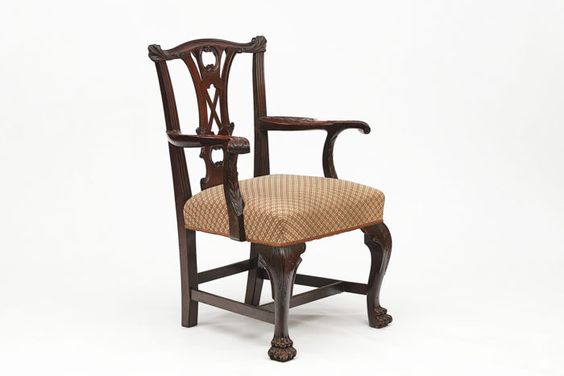
Before the 19th century, chairs were valued based on how much time went into making them and how ornate they were. It wasn’t until the industrial revolution that making chairs became cheaper and easier. New machinery and materials gave designers the freedom to design furniture that was created for the masses, not only for the elite. Plastics, steel and molded plywood became popular materials which, as you can imagine, changed the look of interiors forever.
Many of the designers who made the largest impact came directly from the Modernist movement. This movement originated at the Bauhaus school, a German school of arts and crafts, which influenced the designers listed below and the chairs that they created. Even if you know nothing about modernism or chair design, some of these chairs will probably look familiar because they are just that iconic. Click on each image to buy the chair!
Designer: Eero Saarinen
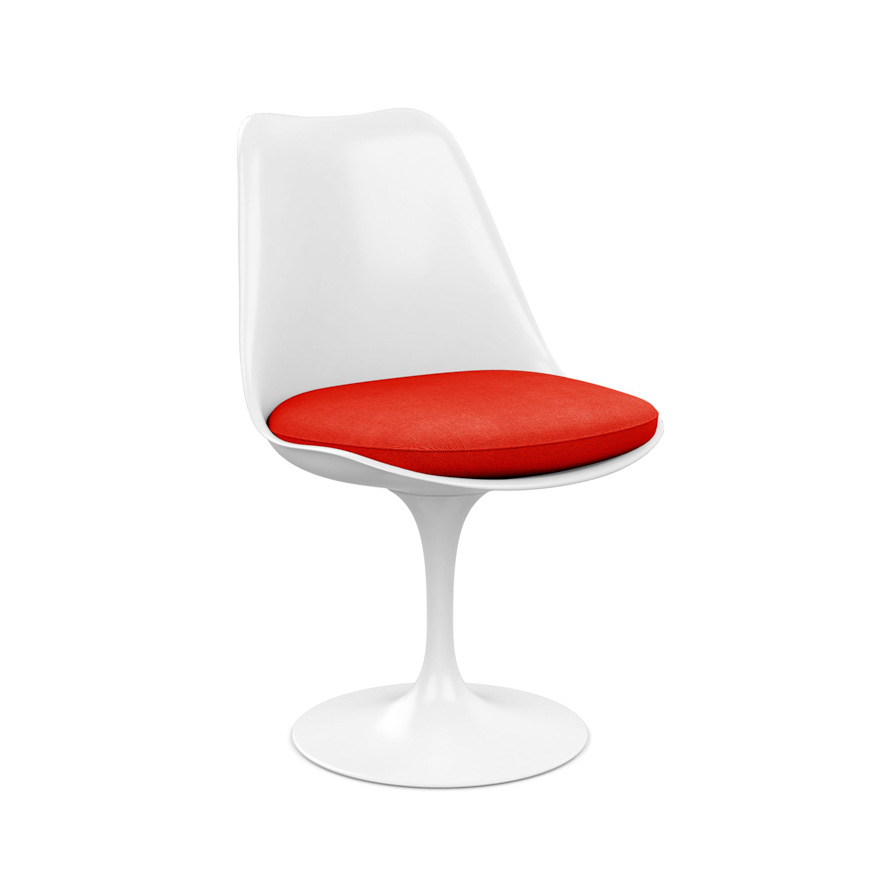
The Tulip Chair, 1957
This chair is a true classic and is quintessentially modern. The soft curves of the pedestal base are a simple alternative to the typical four-legged chair. It’s made out of fiberglass, which was one of the new materials being explored at the time. It’s counterpart, the Tulip Table, is another revered piece of furniture.
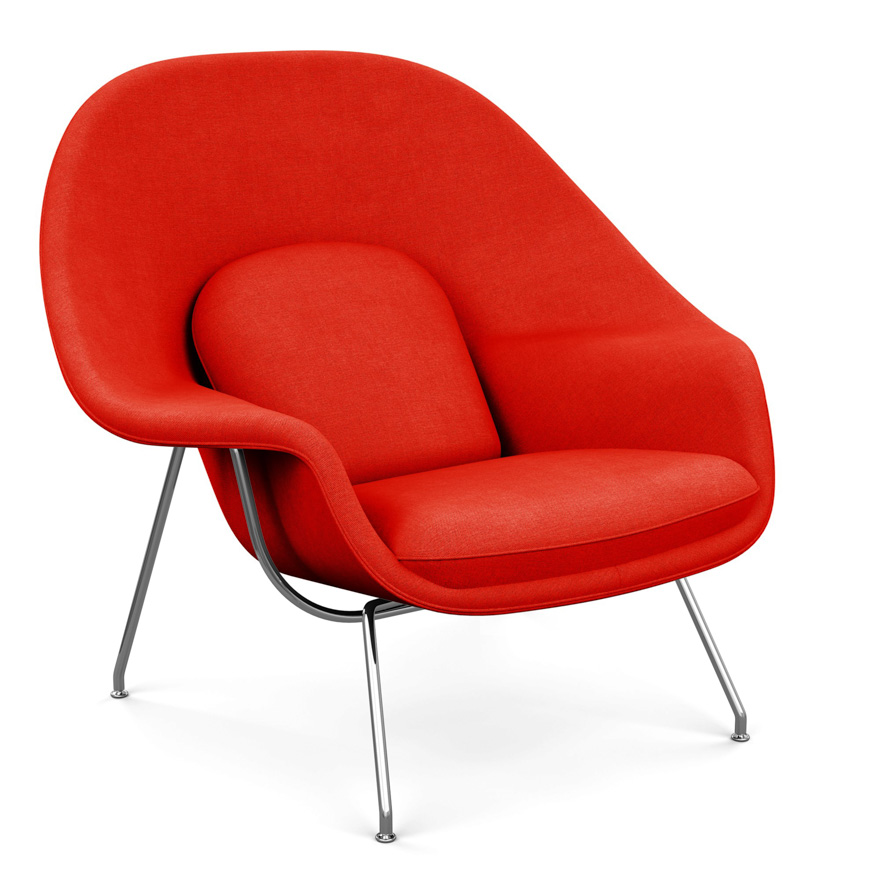
The Womb Chair, 1948
This chair is another classic. It’s known for its comfort, and for being able to support multiple sitting positions, which is why it was named the Womb Chair. We can attest to the comfort of this chair because we’ve sat in it, and yes, it does live up to its name!
Designer: Hans Wagner
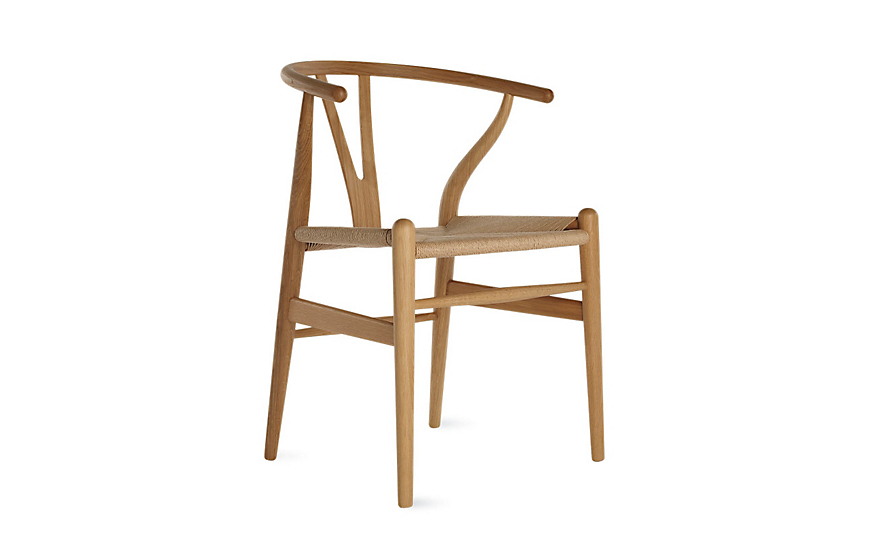
The Wishbone Chair, 1950
The Wishbone Chair’s seamless organic shape and simplicity is a reminder of how much furniture had changed during this era. The chair is minimal, like so many of its comrades, and is made out of natural materials. Yet it is vastly different than the wooden furniture that was so popular in previous decades. The chair’s curved back marries form and comfort, making this chair an icon in modern design.
Designer: Marcel Breuer
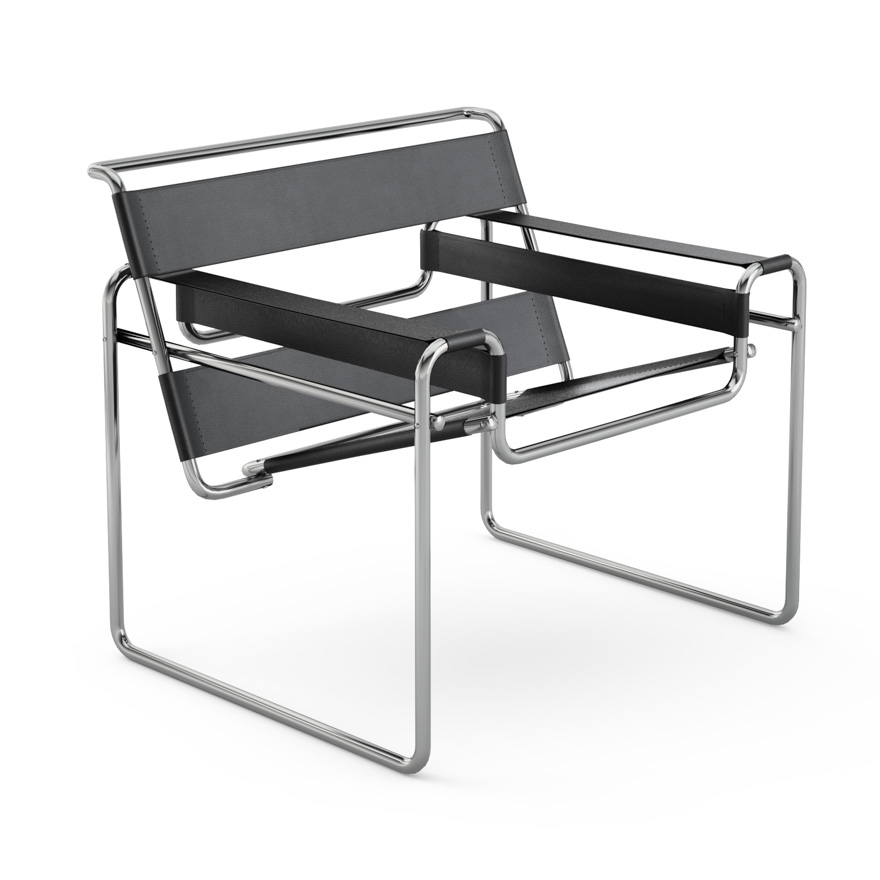
The Wassily Chair, 1925
This chair is one that shows up A LOT in contemporary media and commercial designs, so it probably looks familiar. Inspired by the bicycle, Breuer used steel tubes, a popular material at the time. In doing this, he reduced the classic club chair to basic planes and lines, changing the course of furniture design. The chair is simple, yet effective, and definitely memorable!
Designer: Ludwig Mies van de Rohe
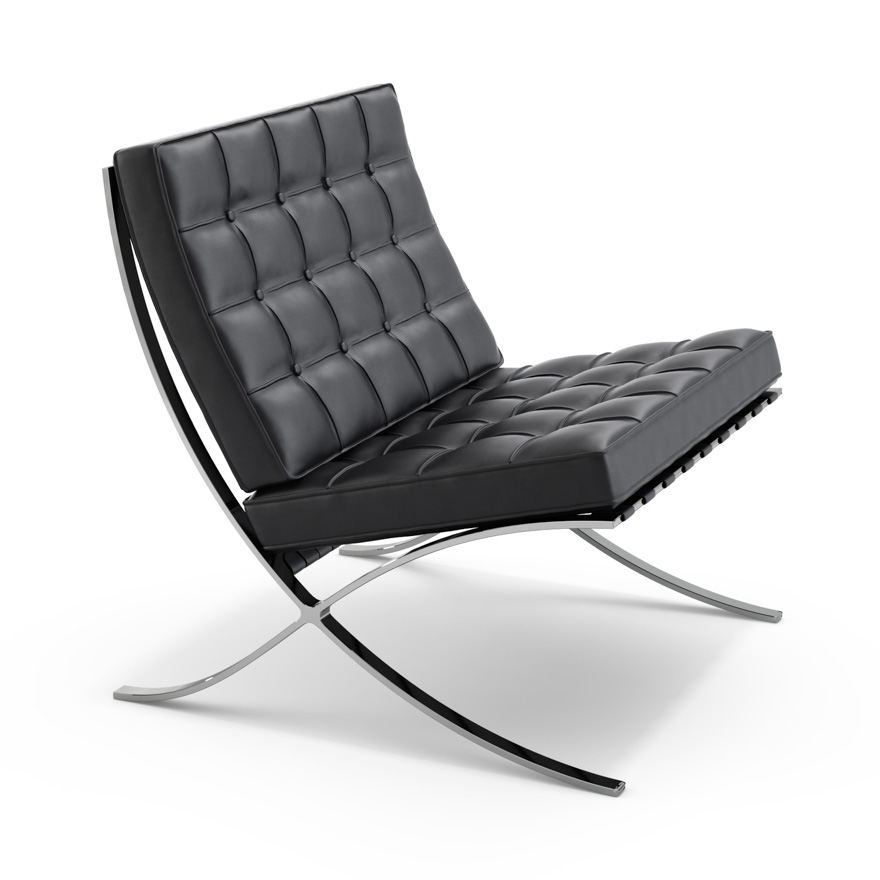
The Barcelona Chair, 1929
The Barcelona Chair is another iconic, modern piece of furniture. Its designer, Mies van de Rohe, famously claimed that “less is more”, which is perfectly exemplified by this chair. The chair is simple, but absolutely gorgeous with it’s sensual curves and fine craftsmanship. In the same family, the Barcelona Sofa is another favorite!
Designer: Harry Bertoia
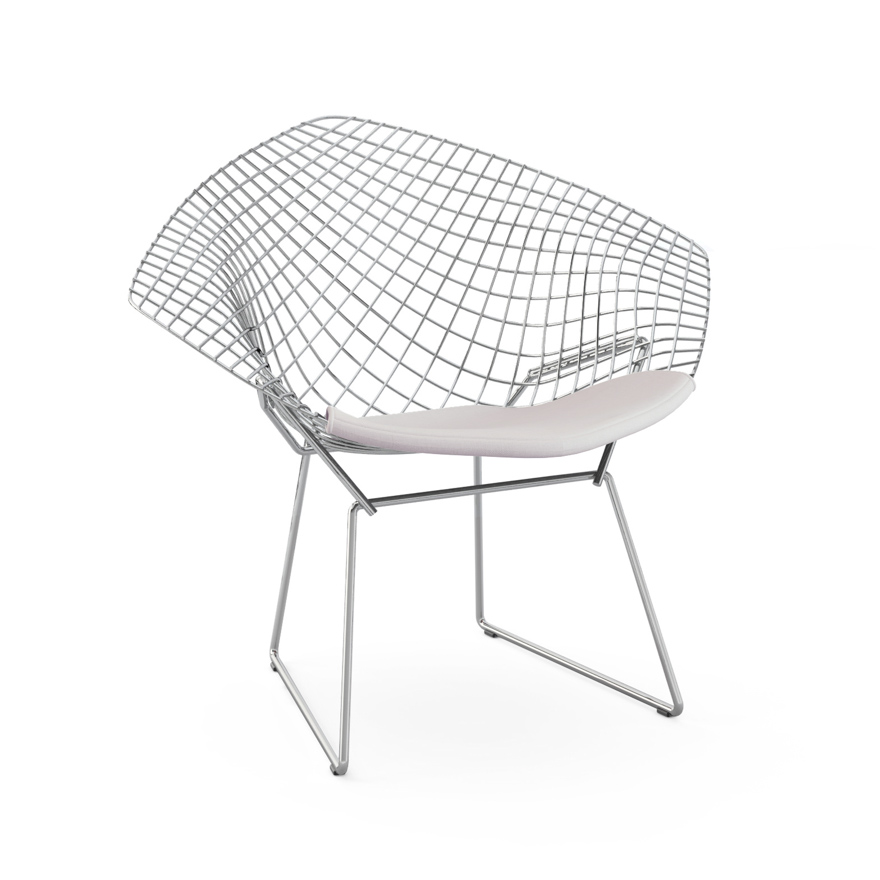
The Bertoia Chair, 1952
Like so many other chairs of the time, the Bertoia Chair is a celebration of industrial material. However, what is special about this chair is that it makes a tough material look soft. The chair is more like a sculptural work of art than the typical chair, but its shape came from a careful consideration of the human body, and what the designer himself wanted to sit in.
Designer: Charles and Ray Eames
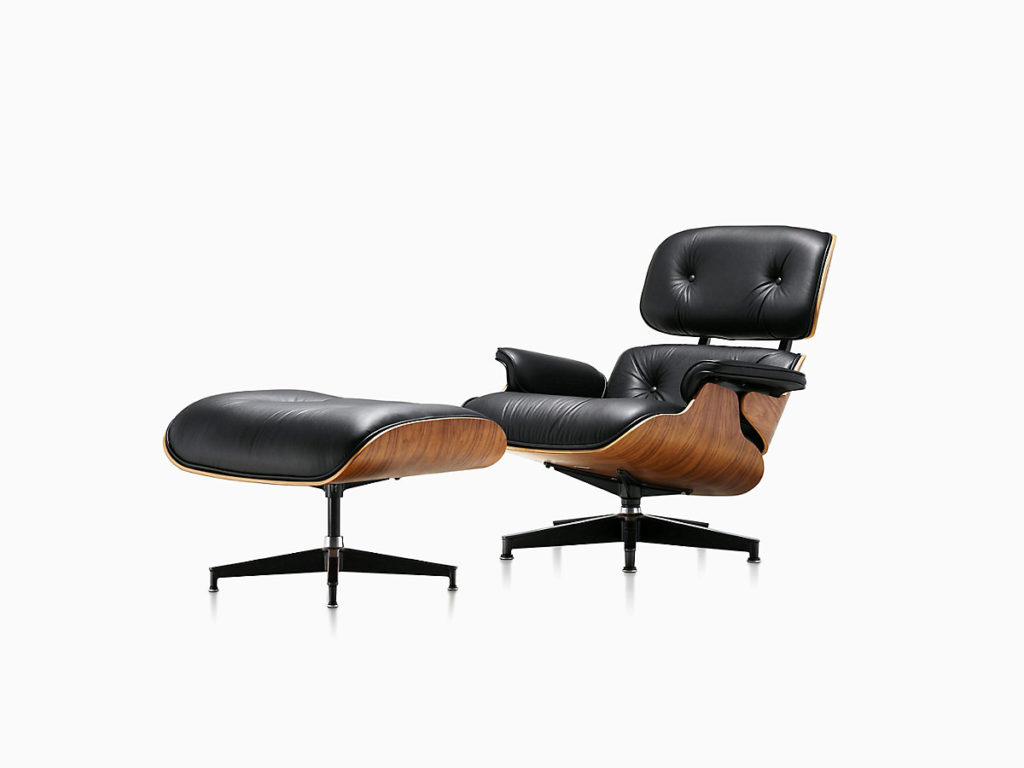
The Eames Lounge Chair and Ottoman, 1956
The smooth, curved, molded plywood that makes up the base of this chair was ground breaking for its time. It was designed to be comfortable and welcoming, compared to the other popular seats of the time. The Eames’ wanted to show that modern could still be comfortable, and obviously they succeeded, as this is still one of the most beloved chairs to come out of this era.
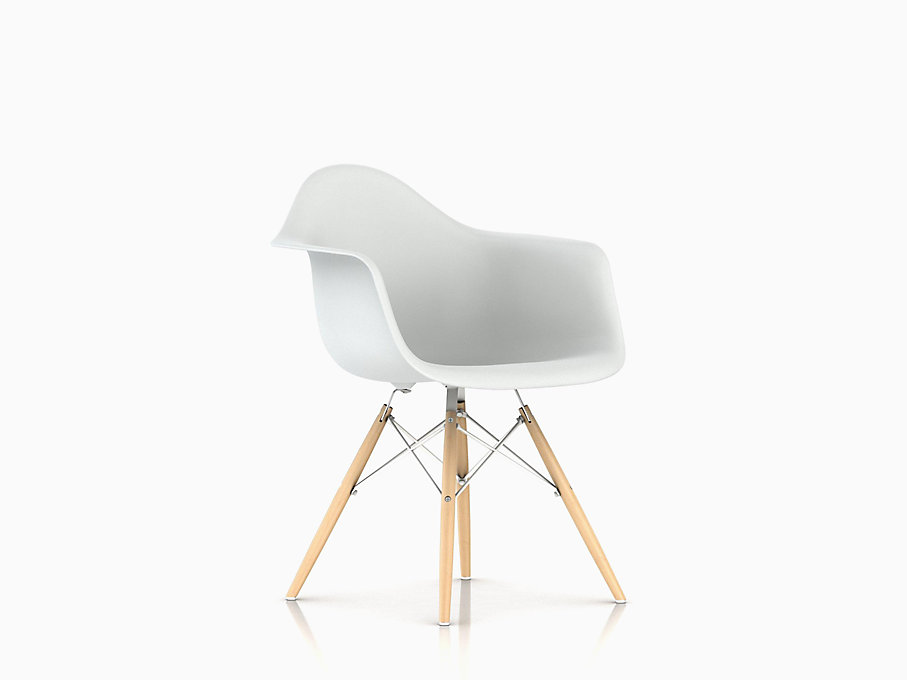
The Eames Molded Plastic Armchair, 1950
This chair was originally designed for the ‘International Competition for Low-Cost Furniture Design’, held by MOMA. The competition was meant to address the need for low-cost housing and furniture in the post-war era. The plastic body of the chair made it study, easy to manufacture, and perfect for mass production. It’s still a favorite to this day!
We hope you enjoyed this little tour through modern chair design!
XOXO,


